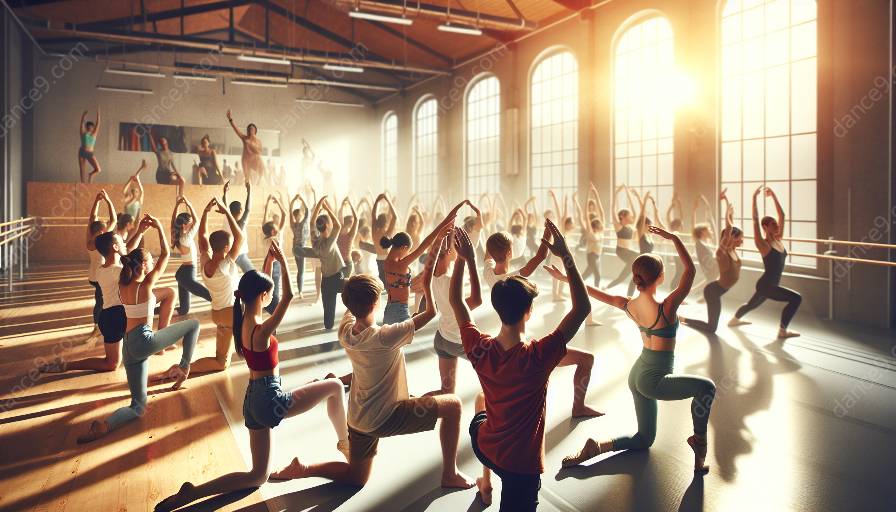Dance is a demanding and vibrant art form that requires an immense amount of physical and mental stamina. Dancers face numerous performance challenges, from intense physical exertion to mental pressure to deliver flawless performances. In the face of these challenges, adaptability and resilience play a crucial role in sustaining a dancer's well-being and success.
The Importance of Adaptability and Resilience in Dance
Adaptability and resilience are vital attributes for dancers, as they enable individuals to navigate the ever-changing and challenging nature of the dance world. Dancers often encounter unexpected changes in choreography, music, or performance venues, requiring them to adapt quickly and maintain composure under pressure.
Additionally, dealing with performance anxiety, injuries, or setbacks is a common occurrence for many dancers. Developing resilience allows dancers to bounce back from such setbacks, remain focused, and continue to thrive in the dance industry.
Cultivating Adaptability and Resilience
There are several strategies that dancers can employ to cultivate adaptability and resilience.
Mental Strategies
1. Mindfulness and Meditation: Practicing mindfulness and meditation techniques can help dancers manage stress, improve focus, and enhance mental resilience.
2. Positive Self-Talk: Encouraging positive self-talk and developing a growth mindset can boost a dancer's confidence and resilience in the face of challenges.
Physical Strategies
1. Cross-Training: Engaging in cross-training activities such as yoga, Pilates, or strength training can enhance a dancer's physical adaptability, reduce the risk of injuries, and build overall resilience.
2. Rest and Recovery: Adequate rest and recovery are essential for maintaining physical resilience and preventing burnout. Dancers should prioritize rest and listen to their bodies to avoid overtraining.
Impact on Physical and Mental Health
The cultivation of adaptability and resilience among dancers has a profound impact on their physical and mental well-being.
Physical Health
By developing physical adaptability and resilience, dancers can minimize the risk of injuries, improve their stamina, and enhance their overall physical performance. This not only promotes longevity in their dance careers but also contributes to their overall physical health and well-being.
Mental Health
Resilient dancers are better equipped to cope with the stresses and challenges of the dance industry. They develop a sense of mental strength, emotional stability, and a positive outlook, which are essential for maintaining good mental health in the face of performance demands.
Conclusion
Adaptability and resilience are integral components of a dancer's success and well-being. By embracing these qualities, dancers can navigate performance challenges with grace, elevate their physical and mental health, and sustain fulfilling careers in the world of dance.


































